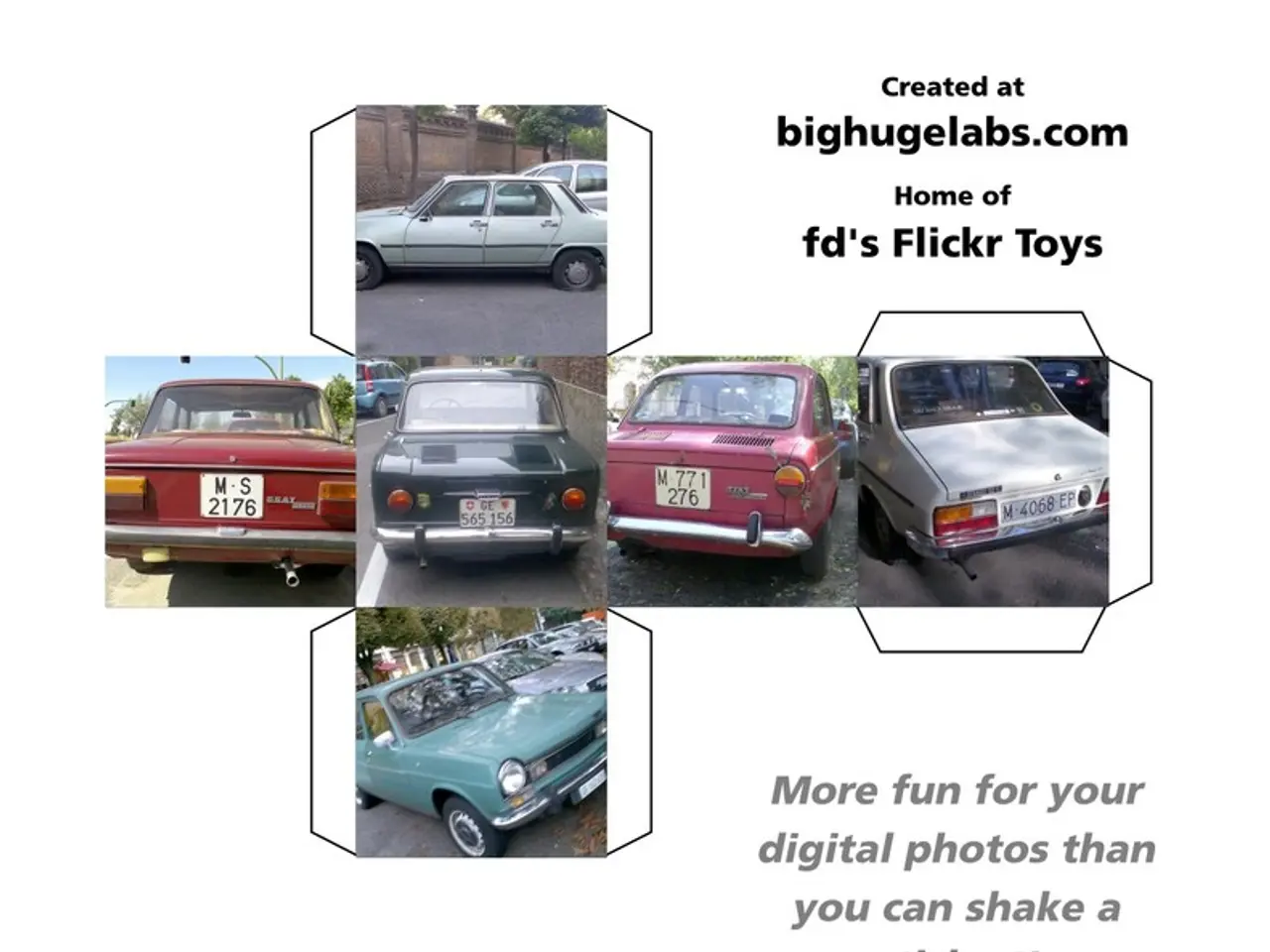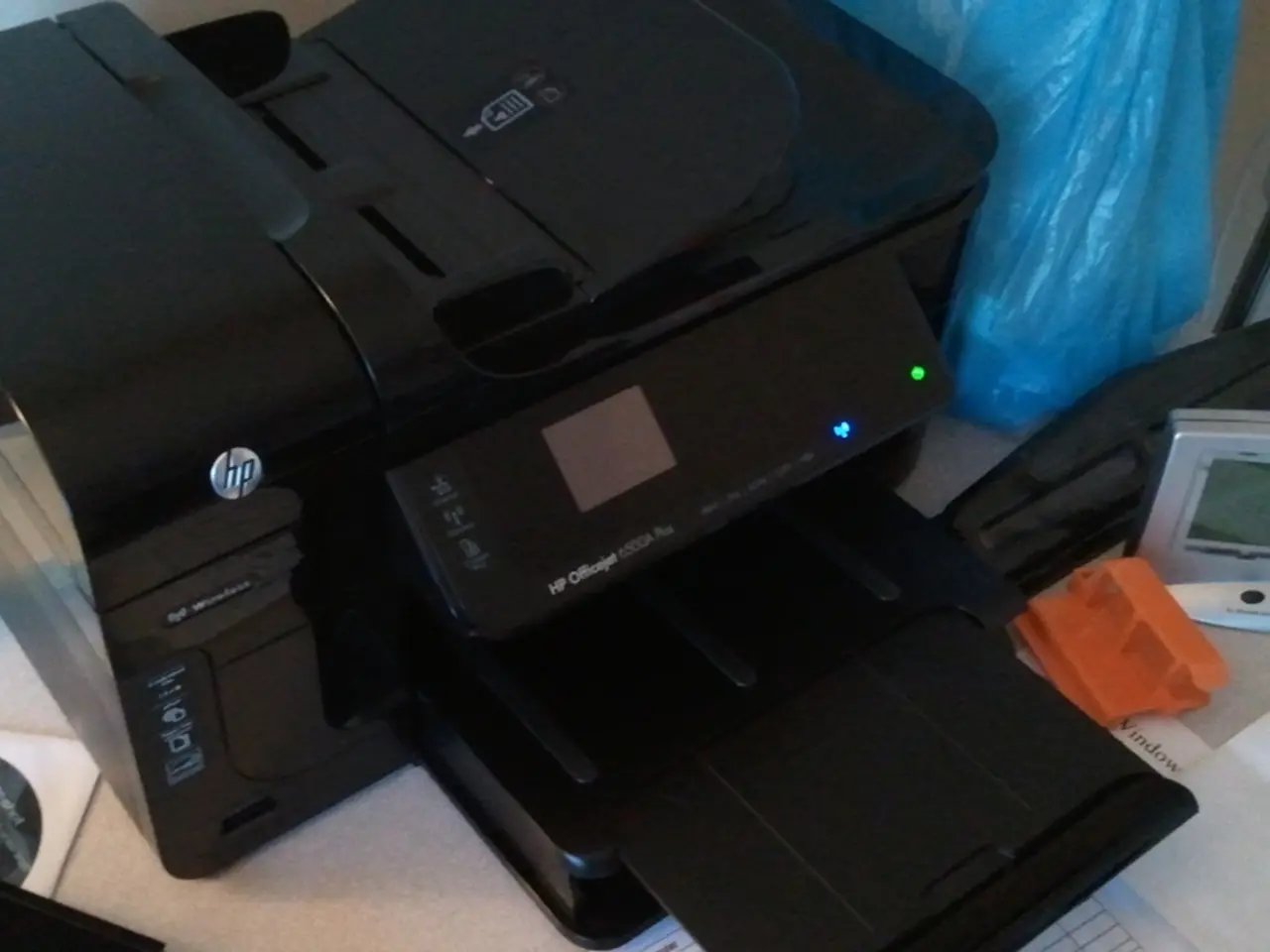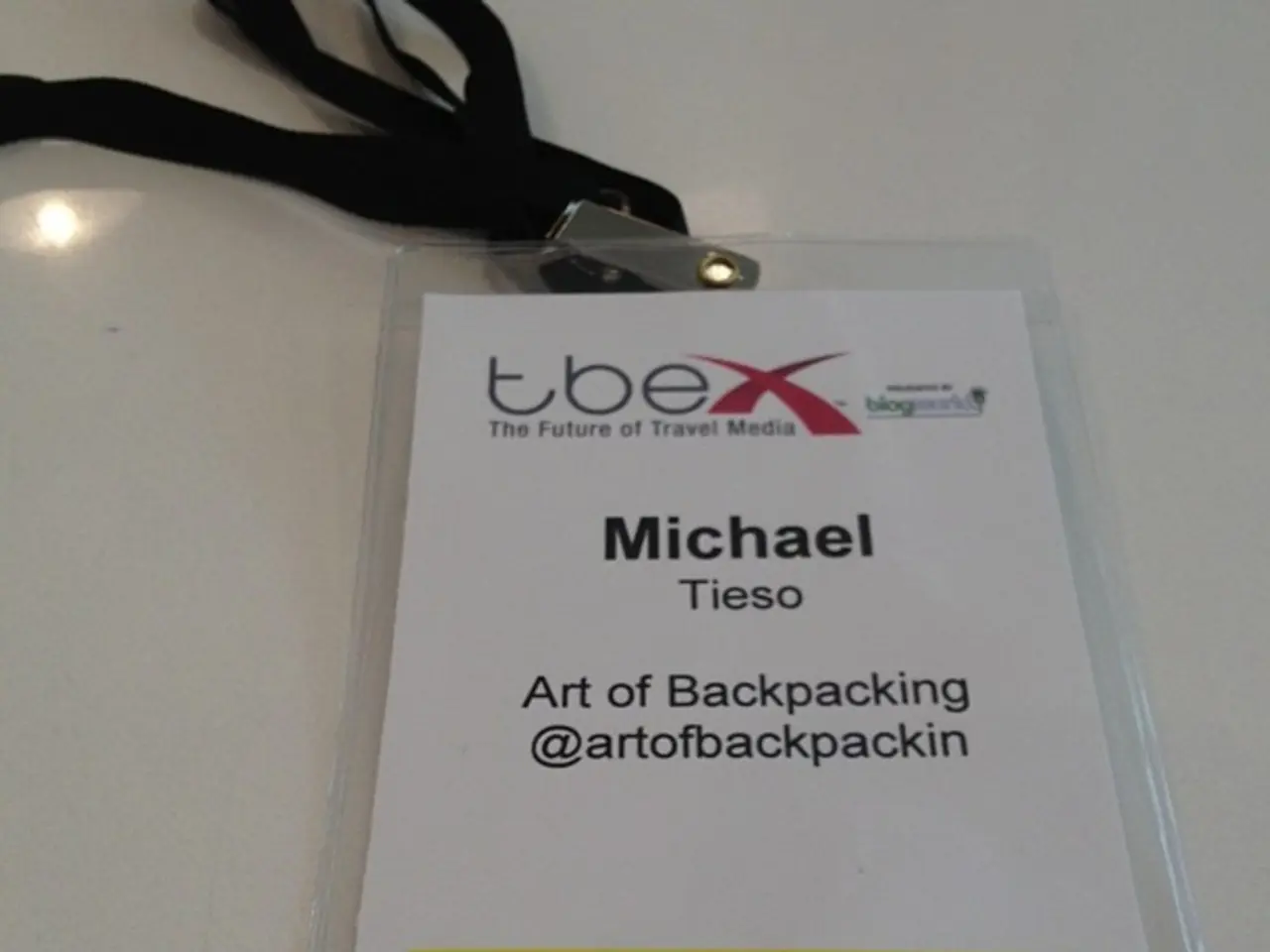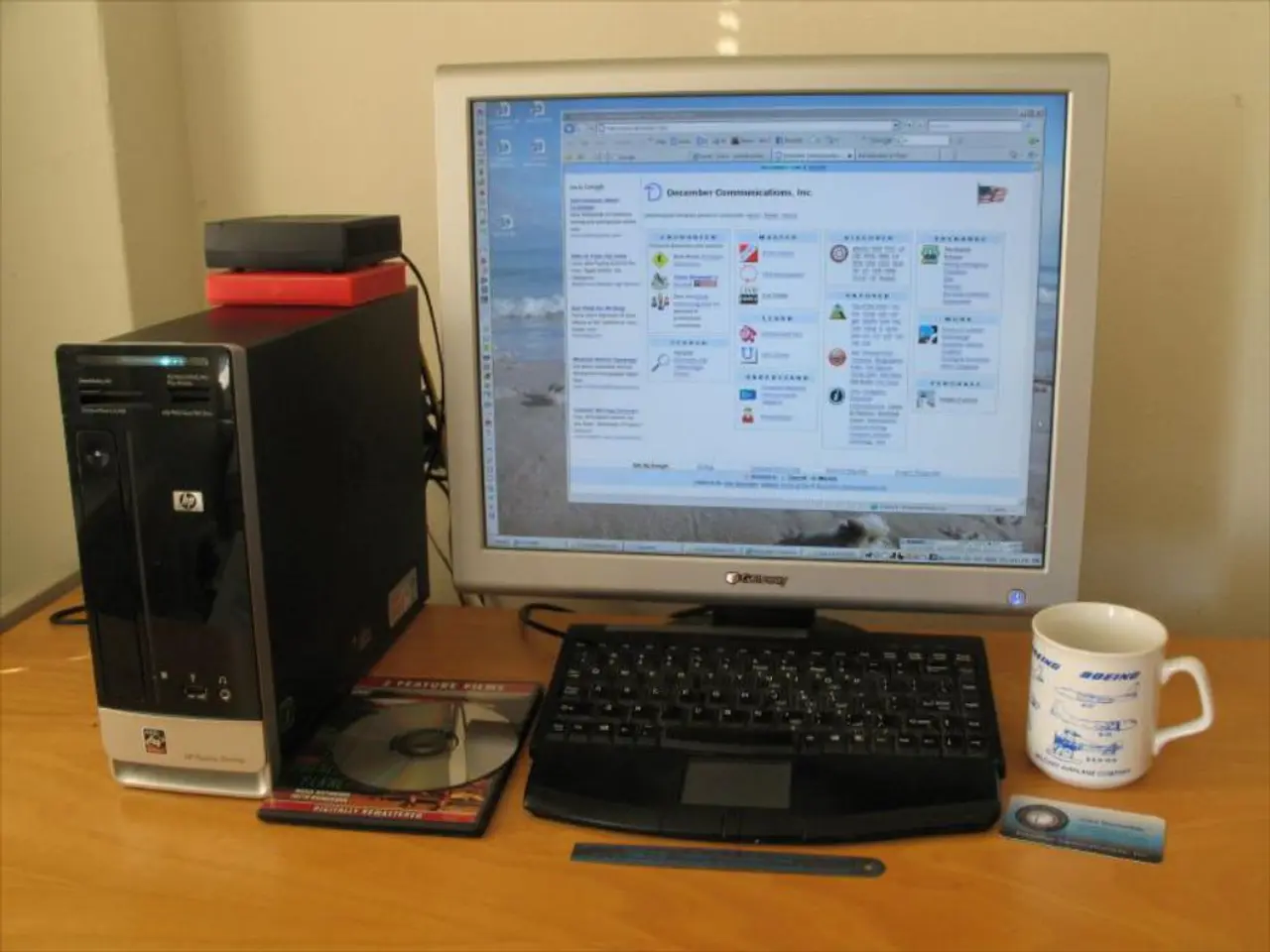Insights on Tangible Assets in the Solana Ecosystem
Solana, a high-speed blockchain network, is making waves in the world of digital asset tokenization. The Total Value Locked (TVL) across Solana's DeFi ecosystem recently hit a new high, signalling a growing interest in the platform.
One of the key factors driving Solana's success is its extremely low transaction fees, averaging around $0.00025, making it highly efficient and cost-effective for handling tokenized assets, especially in high-frequency trading and decentralized finance (DeFi) applications. With sub-second settlement times and a high throughput capacity, Solana is well-equipped to support the scaling needs of large volumes of tokenized assets.
Advantages of Solana over Other Blockchain Networks
Solana's advantages in the real-world asset (RWA) tokenization space are evident. Its low transaction fees significantly reduce cost barriers for tokenizing and trading assets, enabling near-instant finality, and supporting scalability for large volumes of tokenized assets.
| Advantages | Details | |-------------------------|----------------------------------------------------------------------------------------------------------| | Low Transaction Fees | Fees as low as $0.00025 per transaction significantly reduce cost barriers for tokenizing and trading assets[1][2][5]. | | Fast Settlement | Sub-second confirmation times enable near-instant finality, essential for liquidity and trading efficiency[1][2][5]. | | High Throughput | Capable of handling thousands of transactions per second, which supports scalability for large volumes of tokenized assets[3][5]. | | Scalability & Performance | Solana’s architecture supports rapid token development and deployment without bottlenecks, enabling seamless asset tokenization[5]. | | Attraction of Institutional Interest | Growing adoption by institutional players for tokenized stocks with $102 million in tokenized stock value on Solana illustrates its market traction[3]. |
Institutional Adoption and Innovations
Institutional players are moving assets into the digital world, with Solana's high-speed rails making a strong argument for being a playground in the new economy. Financial titans like Apollo Global's ACRED credit fund have landed on Solana, allowing its 9.5% APR yield to become a building block in lending protocols like Kamino and Drift.
Remora, now owned by Step Finance, is minting shares of giants like Tesla and Apple as tradable SPL tokens on Solana's network, a significant nod of approval from the old guard. BlackRock's BUIDL, the world's biggest tokenized treasury fund, has expanded onto Solana's network, further boosting the platform's credibility.
Challenges and Solutions
However, the Enforcement Gap, where digital ownership on Solana doesn't force real-world updates like county clerk updates for property deeds, presents a challenge. To address this, Solana's new Token Extensions (the Token-2022 program) allow developers to embed legal rules like automatic identity checks or interest payments into digital assets.
Projects are also using Special Purpose Vehicles (SPVs) to wrap assets and juggle global rules, making digital ownership complex. To simplify this, initiatives like Homebase are slicing up apartment buildings into $100 NFT shares and piping rental income directly to holders' wallets, under a framework that satisfies U.S. securities law.
The Future of Solana
Solana's speed and affordability make high-frequency trades and fractional ownership practical. Tokenized assets on Solana's DeFi machine can be used as collateral for loans or earn yield in trading pools, creating a powerful cycle. However, the system relies on oracles like Pyth Network and Chainlink for data feeds, which could trigger wrongful liquidations if fed bad data.
Despite these challenges, Solana's growth is undeniable. In one recent month, there was a 680% explosion in wallets holding new-age assets on Solana's network. Innovative projects like Ondo Finance offering a treasury-backed stablecoin alternative (USDY) on Solana's network and Credix funneling institutional cash to businesses in emerging markets are further driving Solana's momentum.
[1] Blockworks (2021). Solana's TVL Hits New High, Outpacing Ethereum's Growth
[2] CoinDesk (2021). Solana's TVL Surpasses $10 Billion as DeFi Grows
[3] Cointelegraph (2021). Solana's TVL Surpasses $10 Billion as DeFi Grows
[4] Cointelegraph (2021). Solana's DeFi TVL surpasses $10 billion as the network's dominance grows
[5] CoinDesk (2021). Why Solana is the Most Exciting Blockchain for DeFi
- Solana's low transaction fees, averaging around $0.00025, have made it an attractive platform for NFT trading and crypto asset tokenization, especially in high-frequency trading and decentralized finance (DeFi) applications.
- The fast settlement times on Solana's network enable near-instant finality, a critical factor for ensuring liquidity and trading efficiency.
- With a high throughput capacity, Solana is well-suited to support the scaling needs of large volumes of tokenized assets, making it an appealing choice for DeFi projects.
- Solana's low transaction fees and fast settlement times, coupled with its scalability and performance, give it a clear advantage in the real-world asset (RWA) tokenization space.
- Financial institutions like Apollo Global's ACRED credit fund have begun to recognize the potential of Solana's platform, using it to lend money through protocols like Kamino and Drift, demonstrating the growing interest in the network.
- The Token Extensions feature on Solana allows developers to embed legal rules like automatic identity checks or interest payments into digital assets, addressing the challenge of the Enforcement Gap and promoting the platform's investment potential in the world of crypto finance and technology.




